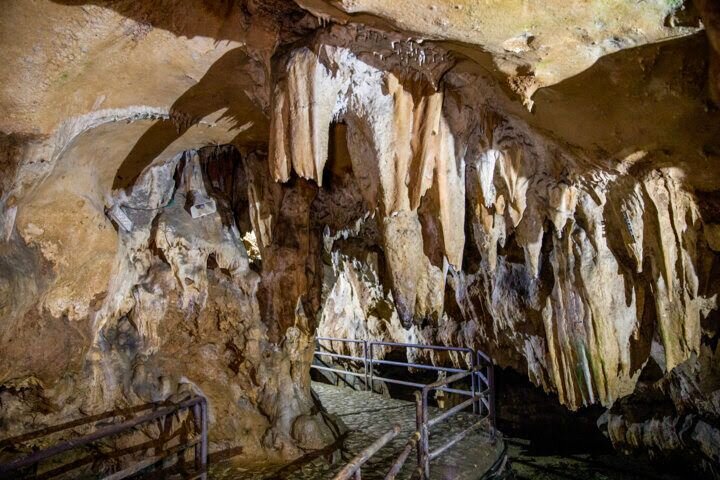Collaborative conservation key to preserving, reviving caves

TEHRAN –Observed annually on September 23, the National Clean Cave Day highlights the significance of conserving caves by raising public awareness.
This year the day is celebrated under the theme of ‘collaborative conservation is the key to preserving and reviving caves’, IRNA reported.
Caves are the first places humans took refuge in to protect themselves against threats such as animal attacks, heat, and cold. Having hosted early humans, the caves are narrators of their lives, and due to their stability, caves can provide valuable information about our ancestors.
Having unique ecosystems, caves are known as key places in human history. However, a wide range of factors including tourism beyond the capacity of the caves, pollution, mining activities, and road construction are threatening them.
Caves play a significant role in providing underground water resources. They are indeed the main water supply of the earth, so it is essential to protect them.
By studying them, the level of underground water resources, as well as their current and future conditions can be measured. Moreover, it can help forecast areas that are more likely to suffer drought in the future.
Caves are the habitats of different kinds of animals and insects whose presence is useful for the survival of human life, without whom farming may not even be possible.
One of the valuable species that resides in caves is the bat. Different species of bats consume different insect pests which boost agricultural prosperity. Unfortunately, in the last few years, human indulgence and limitless activities in nature have damaged caves.
For the same reason, in the Iranian year 1395 (2016 -2017), the National Clean Cave Day was registered in the country's national calendar to draw public attention to the importance of preserving caves.
This year, the same as in previous years, officials in the cave and speleology association and the Department of Environment along with people plan to clean up the caves in each province of the country.
There are also plans to raise individuals, local communities, and tourists’ awareness of the importance of preserving caves’ biodiversity, and water resources. They are planning to utilize the capacity of collaborative conservation to protect sensitive and important cave ecosystems.
Constant monitoring of caves, particularly tourist caves, preparing caves’ database, identifying and prioritizing caves in terms of protection, assessing the capacity of tourist caves, protecting the biological and physical diversity of caves, and protecting water resources are among the plans to be conducted collectively.
The following are the main detrimental factors affecting caves: tourism activities beyond the capacity of caves; sports and recreational activities; environmental pollution; development of urban, rural, and industrial areas; agricultural development; dams and road constructions; destruction of pastures, and deforestation.
Other factors such as mining and illegal extraction of underground water; hunting and illegal trafficking of cave species; irregular sampling for the purpose of carrying out research activities; introduction of non-native species; destruction of stalactites and stalagmites and making noise have adverse impacts on caves.
MT/MG
